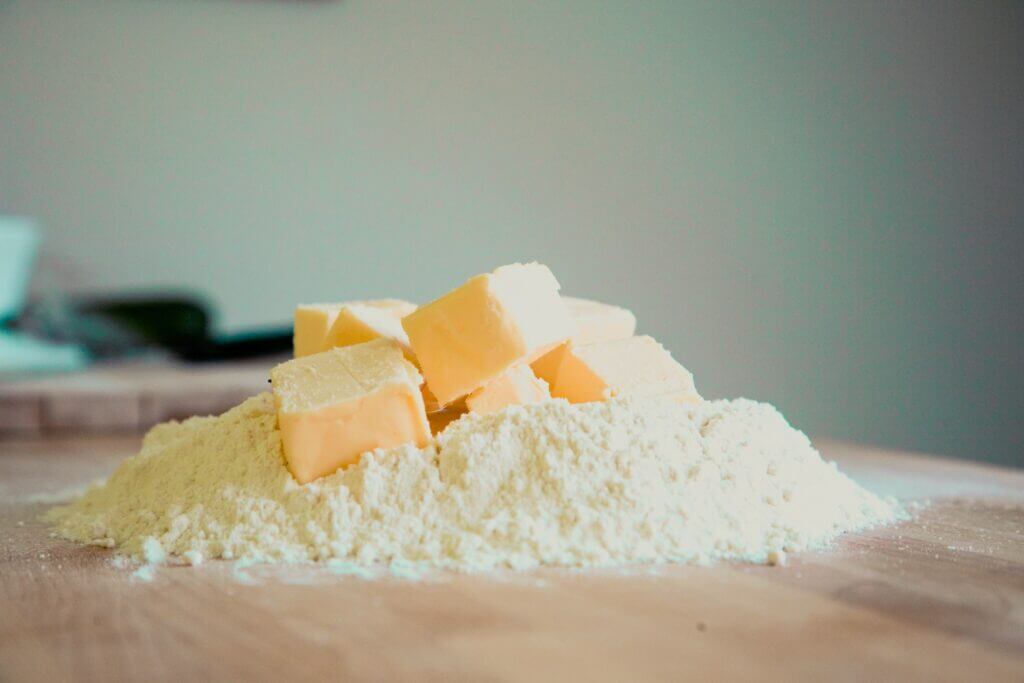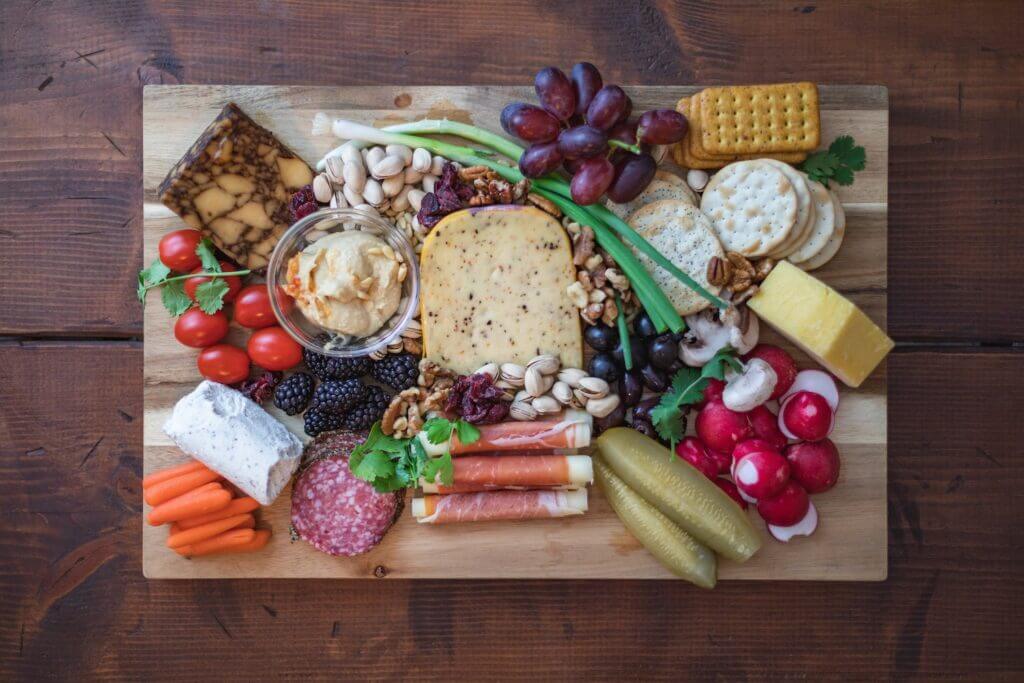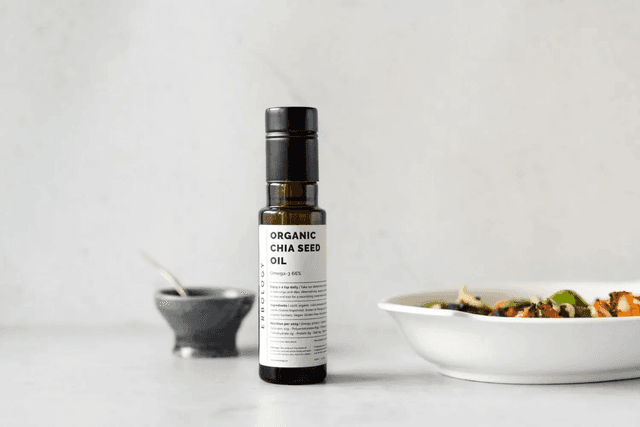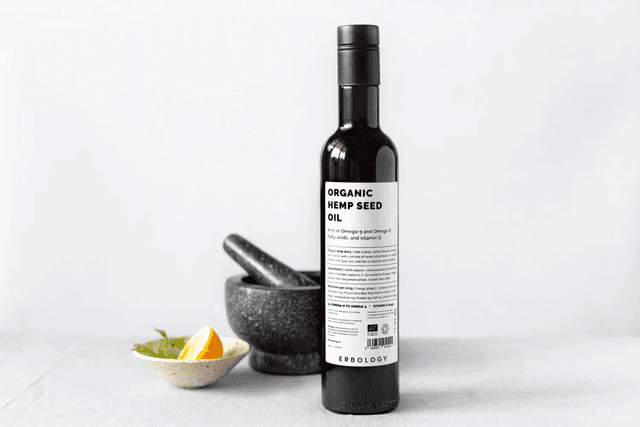22 Mar 2021
Good fats and bad fats
Fat: a misunderstood nutrient?
If you are above the age of twenty or so, you’ll probably have some fixed ideas about dietary fat.
The first thing to say is that for many years, we were told that fat was bad for us, and that ‘eating fat makes you fat’.
Later, we learned that some types of fat were particularly bad for us. Top of the naughty list were saturated fats.
Back when we were kids, saturate-packed butter was banished from the house in favour of olive oil spreads and margarines. Then came the news that some margarines contained ‘trans fats’ which were even worse for us.
Out went the margarine, and back came the butter; but then we began to hear about how healthy plant oils such as olive oil were for us.
Butter was relegated once more in favour of this Mediterranean staple, but then news arrives that heavily processed olive oils have lost many of nutrients we thought they had.
It’s no wonder that a lot of us are confused.

Is fat really bad for you?
The truth is, scientific opinion about dietary fats and their impact on our health has changed quite a bit in recent years.
Many of us have come to accept that not all fats are bad. In fact, some types of dietary fat can actually be good for us.
The trouble we have now is differentiating between the different kinds and how healthy they are.
The debate which continues over whether fats are good or bad for you centres around their link to your cholesterol levels. Some fats seem to increase your levels of ‘bad’ LDL cholesterol and reduce your ‘good’ HDL cholesterol, and as we know, having a poor balance of these can lead to disease.
It’s also worth saying that all fat is very rich in calories. Eating too much of any type of fat can push you over the calories you need to maintain a healthy weight, and can lead to weight gain.
What are the different types of fat?
There are three major groups of fats, and within these there are subdivisions. All fats contain a mixture of saturated and unsaturated fats, but they are categorised by whichever type of fat is dominant in that particular product.
Saturated fats
The first group is the saturated fats. These are most commonly associated with animal products like meat and cheese, but they can also be found in plant-based foods like coconut oil. They tend to be solid at room temperature.
What is a saturated fat?
They’re defined by their molecular structure. If we can dust off our high school chemistry text books for a moment, all fats are made of chains of carbon atoms. Some of these carbon atoms are connected by a single bond, and some have a double bond.
If there’s a double bond, it can be broken to form a single bond with another hydrogen atom. At this point, it’s ‘saturated’; the remaining place available for hydrogen atoms to join has been filled.(1)
Some common types of saturated fats are lauric acid and myristic acid (found in coconut and palm oils) and palmitic acid and stearic acid (found in beef mince, butter and eggs).
As we’ll discuss below, these fats are generally thought to be ‘unhealthy’, although there is a bit of controversy around their health effects.
The verdict: Bad fat (with some caveats)
For years and years, saturated fat was thought to be very bad for you.
The logic went as follows: in the 1950s, heart disease had become one of the leading causes of death in the Western world. Heart disease can be caused by a build-up of atherosclerotic plaques (the stuff that clogs your arteries). A large proportion of these plaques is cholesterol, therefore foods which raise your cholesterol levels (such as saturated fats) must increase your risk of heart disease.(2)(3)
It’s at this point that everyone starts worrying about their cholesterol!
Saturated fats being bad for your health was the accepted wisdom for many years, however recent scientific studies have begun to challenge that assumption.
In a nutshell, some scientific studies have suggested a strong link between consuming saturated fat and your risk of heart disease, while others have found no link at all.(4)
Many scientists have reasoned that the discrepancy comes from the source of the saturated fat, its molecular structure, and what it ends up being replaced with in the diet.(4)
However, it seems likely based on the evidence that replacing some of the saturated fat in our diets with unsaturated fats (particularly polyunsaturated fats, or PUFAs) would help reduce our risk of heart disease.(4)(5)
The general scientific advice is to keep your consumption of saturated fats as low as you can.
Related reading
- Best healthy foods for an instant energy boost
- Winter immunity: How to stay healthy with natural foods

Foods to look out for with saturated fat
If you’re keen to reduce your intake of saturated fat, avoid eating fatty cuts of (especially red) meat and processed meats. It’s also wise to cut down your consumption of high fat dairy foods such as cheese.
One reason many of us are eating too many saturated fats is that they’re very commonly found in processed foods, and we don’t always check the label.
It’s best to cook your own food, so you know exactly what’s in it. But if that’s impractical, make sure you look at the nutritional information on the label.
In the UK, saturated fat must be listed and colour coded on the product label. Any food which contains more than 5g saturated fat is considered to be ‘high’ in saturated fats.
Men should aim to eat no more than 30g saturated fat per day, while the count for women is 20g.(6)



